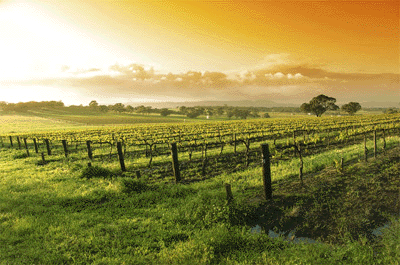Discussion and Results
 This spatial analysis has made it clear that wine grape viticulture in the GVRD is possible, and could potentially be profitable. The resulting area calculations and images suggest that the grape with the highest likelihood to survive in the GVRD is V. labrusca. V. vinifera would be the second best choice for the GVRD with V. riparia being the least likely to succeed. These results are interesting because, while it appears that V. labrusca is the most suitable, V. vinifera is the wine grape used most in BC. In the beginning of this analysis I had estimated that the species V. riparia would be the most likely to survive in the GVRD because it has root rot resistance, needs a short growing season, and can survive frost. The results were therefore very interesting to see that the second weakest grape species analysed turned out to be the most suitable to this environment.
This spatial analysis has made it clear that wine grape viticulture in the GVRD is possible, and could potentially be profitable. The resulting area calculations and images suggest that the grape with the highest likelihood to survive in the GVRD is V. labrusca. V. vinifera would be the second best choice for the GVRD with V. riparia being the least likely to succeed. These results are interesting because, while it appears that V. labrusca is the most suitable, V. vinifera is the wine grape used most in BC. In the beginning of this analysis I had estimated that the species V. riparia would be the most likely to survive in the GVRD because it has root rot resistance, needs a short growing season, and can survive frost. The results were therefore very interesting to see that the second weakest grape species analysed turned out to be the most suitable to this environment.
It would also be interesting to examine the changes that local vineyards could have on the environmental impact of shipping wine grapes. This could allow the GVRD to become more carbon neutral as well as reduce transportation costs. As a highly demanded commodity, wineries could also help support the economy during this period of recession. Overall it would be interesting to see how locally grown wines in the GVRD could affect the wine market in BC.
Grape species are also able to survive on areas with little to no soil, and therefore could be used on land that cannot support other crops. This would likely reduce soil erosion by increasing cover on slopes, as well as increase profits in certain well suited areas.
There has also been a breakthrough in steep slope viticulture which could potentially lead to increased area and suitability for wine grapes in the more Northern areas of the GVRD. These areas would have good drainage due to slope, as well as recieve a large portion of sunlight because of their elevation. Therefore further research should be examined to fully understand the feasibility of viticulture in this region.